In today’s digital world, having a website is not enough. No matter how well-designed your site is, if people cannot find it on Google, it is almost invisible. The majority of internet users rely on Google to search for services, products, and information. This makes it essential to understand how to improve Google ranking if you want your business to grow online.
When someone types a query into Google, the search engine scans millions of web pages and shows results based on relevance and authority. If your website appears on the first page, you get more visitors, more trust, and more sales. But getting to that first page is not automatic—it requires a smart strategy.
Search Engine Optimization (SEO) is the process that helps your website climb higher in search results. The good news is that anyone, whether a small business owner, blogger, or entrepreneur, can learn how to apply SEO to improve rankings. By following some practical steps, you can increase your visibility, attract the right audience, and grow your brand’s online presence.
As a freelance digital marketer in Calicut, I, MHD RASHID, have worked with businesses to improve their search rankings and generate consistent results. In this blog, I will explain simple, step-by-step methods that you can use to improve your Google ranking. We will cover on-page SEO, off-page SEO, content strategies, website performance, and the importance of building authority.
Whether you are a beginner or someone looking to refine your current strategy, this guide will provide you with the foundation to make real improvements. Let’s dive into the most effective and easy-to-understand ways on how to improve Google ranking for your website.
 1. Focus on High-Quality Content to Improve Google Ranking
1. Focus on High-Quality Content to Improve Google Ranking
Google always rewards websites that provide valuable content to users. When people find your content helpful, they stay longer, share it, and revisit your site. This signals to Google that your website is trustworthy and useful.
- Write original articles, blogs, or guides that solve your audience’s problems.
- Keep your writing simple and easy to understand.
- Use headings, bullet points, and examples to make it more engaging.
- Update old content regularly to keep it fresh.
If your business is in Kerala, working with a digital marketing expert in Kerala can help you create content that connects with local audiences.
 2. Use Keywords the Right Way to Improve Google Ranking
2. Use Keywords the Right Way to Improve Google Ranking
Keywords are the foundation of SEO because they connect your content with what people are actively searching for. When used strategically, they help Google understand what your page is about and increase the chances of ranking for relevant queries.
Here’s how to use keywords effectively without harming your SEO:
- Do proper keyword research
Start by identifying what your target audience is typing into search engines. Tools like Google Keyword Planner, Ubersuggest, Ahrefs, or SEMrush can help you discover high-volume, low-competition keywords that fit your niche. - Focus on user intent
Not all keywords mean the same thing. For example:- Informational intent: “What is digital marketing?”
- Transactional intent: “Best digital marketing services near me.”
- Commercial intent: “Top tools for digital marketing in 2025.”
Matching your content to the right search intent ensures it satisfies what the user is really looking for.
- Prioritize long-tail keywords
Instead of targeting broad terms like “marketing”, focus on longer, specific phrases such as “best marketing tips for small businesses”. Long-tail keywords usually have less competition, higher conversion rates, and bring in more qualified traffic. - Use keywords naturally in your content
Sprinkle your primary keyword in key areas like:- Page title and meta description
- Headings (H1, H2, etc.)
- First 100 words of your article
- Throughout the body text (in a natural way)
- Image alt text and file names
Avoid forcing keywords—it should read smoothly for humans first, search engines second.
- Avoid keyword stuffing
Overloading your page with the same keyword makes it look spammy. Google can penalize sites for this. A good rule is to focus on semantic keywords (LSI keywords)—related terms and variations that make your content richer. For example, if your keyword is “digital marketing”, related terms could include SEO, content marketing, online ads, social media marketing, etc. - Create content clusters around keywords
Instead of writing one post for every keyword, group related keywords into one comprehensive article. This creates topical authority and helps Google see you as an expert on the subject. - Track and refine performance
Use tools like Google Search Console to see which keywords are bringing traffic and adjust your content strategy over time.
 3. Optimize On-Page SEO to Improve Google Ranking
3. Optimize On-Page SEO to Improve Google Ranking
On-page SEO refers to all the techniques you apply directly on your website pages to make them search-engine-friendly and user-friendly. It helps Google understand your content clearly and ensures visitors have a smooth experience. When done right, on-page SEO improves both visibility in search results and engagement on your site.
Key steps to optimize your on-page SEO:
- Craft SEO-friendly titles
- Place your first keyword near the starting of the title of the content.
- Keep titles under 60 characters so they don’t get cut off in search results.
- Make titles engaging and click-worthy (example: “10 Proven SEO Tips for Beginners in 2025”).
- Write compelling meta descriptions
- Add your keyword naturally.
- Keep it under 160 characters.
- Use action words that encourage clicks (“Learn how to…”, “Discover proven methods…”).
- Use clean, short URLs
- Avoid long, confusing URLs with unnecessary numbers or symbols.
- Example:
- ❌ www.example.com/article?id=12345
- ✅ www.example.com/seo-tips
- Structure content with headings (H1, H2, H3)
- Use H1 for your main title (only one per page).
- Break content into sections with H2 and H3 tags.
- Naturally include keywords in some headings to improve relevance.
- Add internal links
- Connect related blog posts or service pages within your site.
- Example: If you’re writing about SEO tips, link to your guide on keyword research.
- Internal linking improves navigation, spreads link authority, and keeps visitors on your site longer.
- Optimize images
- Use descriptive filenames (e.g., seo-tips-chart.png instead of IMG12345.png).
- Add alt text that explains the image with keywords where relevant.
- Compress images to reduce page load speed (faster pages rank better).
- Improve content readability
- Use short paragraphs, bullet points, and simple language.
- Add visuals like infographics or charts to make it engaging.
- Aim for a clear flow that answers readers’ questions.
- Mobile-friendly design
- Ensure your pages are responsive and work smoothly on smartphones.
- Google uses mobile-first indexing, meaning your mobile site matters most for rankings.
- Page speed optimization
- Compress images, use caching, and minimize code.
- A slow-loading site increases bounce rate, which harms rankings
 4. Improve Website Speed to Improve Google Ranking
4. Improve Website Speed to Improve Google Ranking
Website speed is one of the most important ranking factors for Google. In fact, research shows that if a page takes longer than 3 seconds to load, many users will abandon it. Google takes this behavior seriously and prioritizes fast-loading websites in search results.
Practical ways to boost your website speed:
- Compress and optimize images
- Large image files are one of the main causes of slow websites.
- Use tools like TinyPNG, ImageOptim, or Squoosh to reduce file sizes without losing quality.
- Choose modern formats like WebP for even faster performance.
- Choose a reliable hosting service
- A poor-quality or overcrowded server slows your site down.
- Invest in good hosting—preferably cloud hosting, VPS, or managed WordPress hosting depending on your site size.
- Enable browser caching
- Browser caching stores elements (like CSS, images, and JavaScript) on a visitor’s device so the site loads faster on repeat visits.
- You can enable caching using plugins (for WordPress: W3 Total Cache, WP Rocket) or by editing your .htaccess file.
- Minimize unnecessary plugins and scripts
- Too many plugins or heavy scripts can drag down performance.
- Regularly audit your website and remove outdated or unused plugins.
- Combine and minify CSS/JavaScript files to reduce the number of server requests.
- Use a Content Delivery Network (CDN)
- A CDN stores your website’s content across multiple global servers.
- This ensures that users access your site from the server closest to them, improving load times worldwide.
- Popular CDNs: Cloudflare, Amazon CloudFront, Akamai.
- Enable lazy loading
- Lazy loading delays the loading of images and videos until the user scrolls to them.
- This improves the initial load time of your pages, especially if they’re image-heavy.
- Optimize your code
- Remove unnecessary spaces, comments, and characters from HTML, CSS, and JavaScript.
- Use minification tools like UglifyJS, CSSNano, or HTMLMinifier.
- Monitor site speed regularly
- Use tools like Google PageSpeed Insights, GTmetrix, or Pingdom to test your website speed.
- These tools also provide recommendations tailored to your site.
 5. Make Your Site Mobile-Friendly to Improve Google Ranking
5. Make Your Site Mobile-Friendly to Improve Google Ranking
With over 60% of internet traffic now coming from smartphones, mobile optimization is no longer optional—it’s essential. Google uses mobile-first indexing, meaning it evaluates your site’s mobile version before the desktop version when determining rankings. A website that isn’t mobile-friendly risks losing both visibility on Google and potential customers.
How to ensure your website is mobile-friendly:
- Use a responsive design
- A responsive website automatically adapts to different screen sizes—whether desktop, tablet, or mobile.
- This ensures consistency and prevents users from zooming or scrolling sideways to read content.
- Make text and buttons readable & clickable
- Use larger, legible fonts for body text and headings.
- Ensure buttons are big enough to tap easily without accidentally clicking other elements (recommended size: at least 48px by 48px).
- Maintain enough spacing between clickable elements to avoid frustration.
- Optimize images and videos for mobile
- Use compressed images so they load quickly on mobile networks.
- Make sure videos are responsive and don’t break page layouts.
- Avoid using formats that aren’t mobile-friendly (like Flash).
- Streamline navigation
- Use a simple, clean mobile menu (like a hamburger menu).
- Keep the most important links easy to access without endless scrolling.
- Reduce pop-ups that cover the whole screen, as they frustrate users and may violate Google’s mobile experience guidelines.
- Test your site on multiple devices
- Check your site on different smartphones and tablets to see how it looks and functions.
- Use Google’s Mobile-Friendly Test tool to identify issues and fix them.
- Prioritize mobile speed
- Mobile users often rely on slower networks, so fast load times are critical.
- Use AMP (Accelerated Mobile Pages) or lightweight mobile themes if your site is content-heavy.
 6. Build Backlinks to Improve Google Ranking
6. Build Backlinks to Improve Google Ranking
Backlinks (also called inbound links) are one of the most powerful factors in improving Google rankings. They act as votes of confidence—when other websites link to your content, it signals to Google that your site is trustworthy, authoritative, and worth ranking higher. However, not all backlinks are equal: quality matters far more than quantity.
Effective strategies to build strong backlinks:
- Write guest posts on relevant websites
- Contribute high-quality articles to reputable blogs or media sites in your niche.
- Include a natural link back to your website in the content or author bio.
- Target sites with good domain authority (DA) for maximum impact.
- Get listed in directories and business listings
- Add your business to trusted local directories like Google Business Profile, Yelp, Justdial, or industry-specific directories.
- These not only improve visibility but also provide credible backlinks.
- Build relationships with influencers and bloggers
- Connect with industry experts through social media, forums, or LinkedIn.
- Offer collaborations, interviews, or quotes that they can feature on their platforms with a backlink to you.
- Create high-value content that earns links naturally
- Publish in-depth guides, research studies, infographics, or tools that others find useful.
- The more valuable and unique your content, the more likely others are to share and link to it.
- Leverage broken link building
- Use tools like Ahrefs or Screaming Frog to find broken links on other websites in your niche.
- Reach out to the site owner suggesting your content as a replacement.
- Engage in digital PR (Public Relations)
- Share press releases, participate in industry events, or sponsor community activities.
- Journalists and media sites often provide high-authority backlinks in coverage.
- Use social media for link opportunities
- While social links themselves are often “no-follow,” they help spread your content, increasing chances of being linked by blogs, forums, and websites.
Important reminder: Avoid shady link-building practices like buying links or using link farms. Google can penalize your site for manipulative tactics, which will hurt your rankings
7. Use Social Media for Visibility to Improve Google Ranking
Even though social media activity is not a direct Google ranking factor, it plays a major role in boosting your online presence. The more your content is shared, liked, and discussed on platforms, the more visibility it gets. This visibility can lead to increased traffic, brand awareness, and backlinks—all of which improve your site’s authority in Google’s eyes.
Smart ways to use social media for SEO benefits:
- Promote your content across platforms
- Share blog posts, videos, infographics, and guides on Facebook, Instagram, LinkedIn, X (Twitter), and YouTube.
- Tailor the content to fit the platform—for example, short videos for Instagram Reels, professional posts for LinkedIn, or visual infographics for Pinterest.
- Join local and niche-specific groups
- Participate in Facebook groups, LinkedIn communities, Quora discussions, and Reddit threads where your target audience spends time.
- Share valuable insights and link back to your content only when it’s genuinely helpful.
- Encourage engagement and sharing
- Ask questions, create polls, or share relatable stories to spark interaction.
- Add social sharing buttons on your website/blog so visitors can easily share your content with their networks.
- Collaborate with influencers and micro-influencers
- Partner with influencers in your industry to promote your content.
- Even small mentions can drive quality traffic and potential backlinks.
- Repurpose content for social media
- Turn a blog post into a carousel on Instagram, a video for YouTube, or a short thread on X.
- Repurposing helps you reach different audiences with the same content, maximizing visibility.
- Leverage hashtags and trends
- Use relevant hashtags on platforms like Instagram, LinkedIn, and X to increase discoverability.
- Participate in trending discussions to reach a wider audience.
- Track performance and refine strategy
- Use analytics tools (like Meta Insights, LinkedIn Analytics, or Google Analytics) to see which social channels drive the most traffic.
- Focus more on platforms that bring real engagement and visitors.
Key takeaway: Social media amplifies your content’s reach, helping it get noticed by more people. The more visibility and shares you get, the higher your chances of earning backlinks and driving traffic—both critical for improving Google rankings.
8. Improve User Experience (UX) to Improve Google Ranking
Google wants users to have the best experience possible. If your site is confusing, people will leave quickly, which increases your bounce rate and lowers rankings.
- Keep your design clean and easy to navigate.
- Use clear calls-to-action (like “Buy Now” or “Contact Us”).
- Avoid too many pop-ups that annoy visitors.
A good user experience keeps visitors longer on your site and improves trust.
9. Optimize for Local SEO ; For improve Google ranking
If you run a business in a specific location, like Calicut, local SEO can bring you more customers.
- Create a Google My Business profile.
- Add your business address, phone number, and working hours.
- Collect customer reviews on Google.
- Use local keywords like “best digital marketing services in Calicut.”
This is especially useful for professionals like me, a freelance digital marketer in Calicut, who works with businesses targeting local clients.
 10. Monitor and Improve to Improve Google Ranking
10. Monitor and Improve to Improve Google Ranking
Improving Google ranking is not a one-time job. You need to regularly track your performance.
- Use tools like Google Analytics and Google Search Console.
- Check which pages are getting the most traffic.
- Update underperforming pages with better content and keywords.
- Keep learning about the latest SEO trends.
By monitoring your progress, you can make smart adjustments that continuously boost your ranking.
Conclusion
Learning how to improve Google ranking is one of the most important skills for any business owner, blogger, or marketer. Ranking high on Google brings more visibility, more website traffic, and more opportunities for growth. The best part is that improving your ranking does not require expensive tools or advanced technical knowledge. By focusing on quality content, keyword usage, website speed, backlinks, and user experience, you can build a strong foundation for SEO success.
As we discussed, creating useful and original content should be your top priority. Combine that with proper on-page optimization, mobile-friendly design, and local SEO strategies, and you will start to see real improvements. Backlinks and social media presence will further boost your authority, while monitoring your progress ensures you stay on track.
If you are just starting, do not feel overwhelmed. Begin with small steps—optimize your website pages, publish helpful articles, and improve your site’s loading speed. Over time, your efforts will build up and help you reach the first page of Google.
As a digital marketing expert in calicut, I, MHD RASHID, have seen how consistent SEO practices transform businesses. The key is patience, consistency, and continuous improvement. Google ranking is not about quick tricks; it’s about building long-term value for your audience.
So, take these steps seriously and start implementing them today. The earlier you begin, the faster you will see results. Remember, every click on your website is a potential customer. Improving your Google ranking is not just about being visible online—it’s about building trust, authority, and sustainable growth for your business.
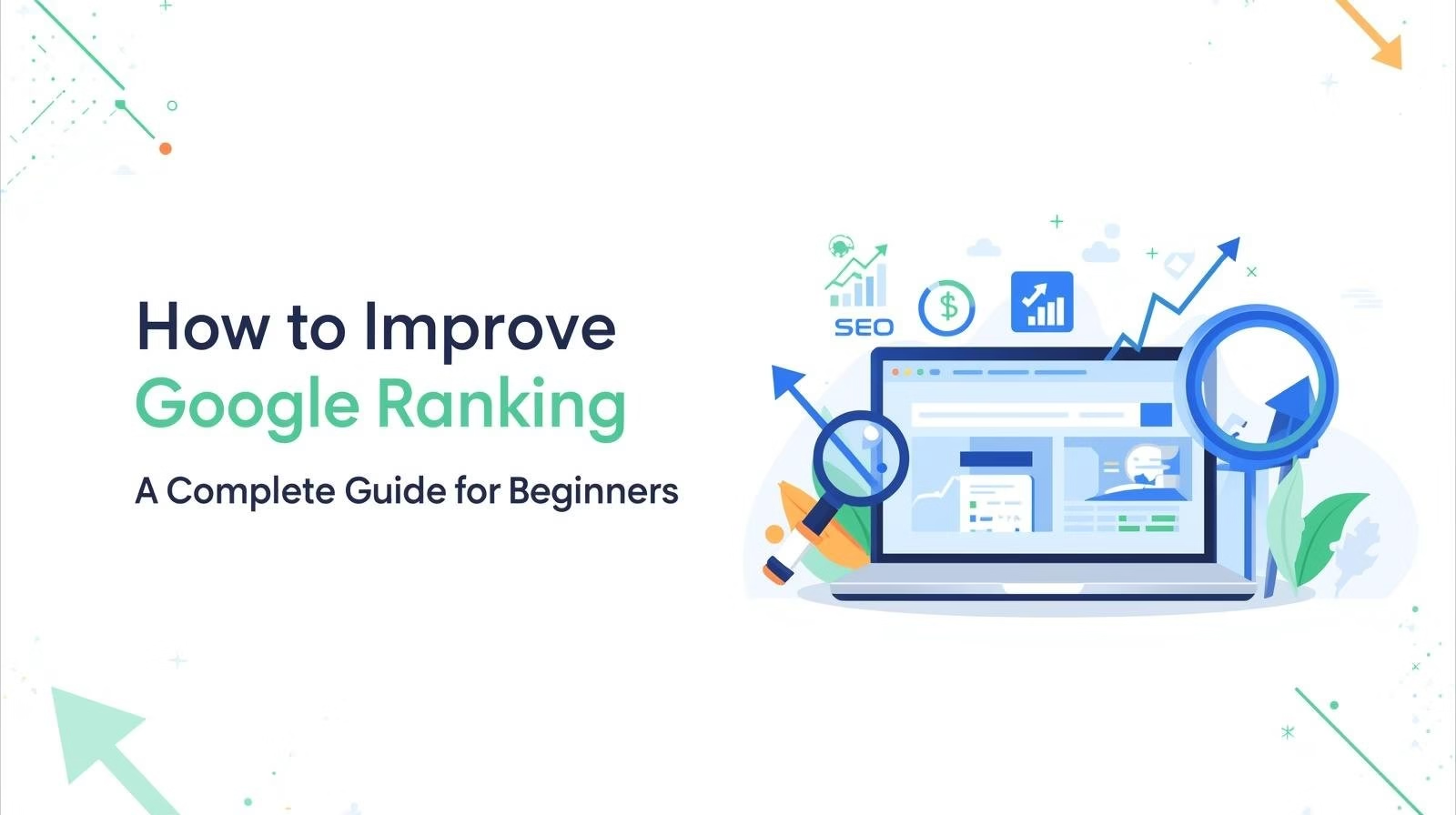
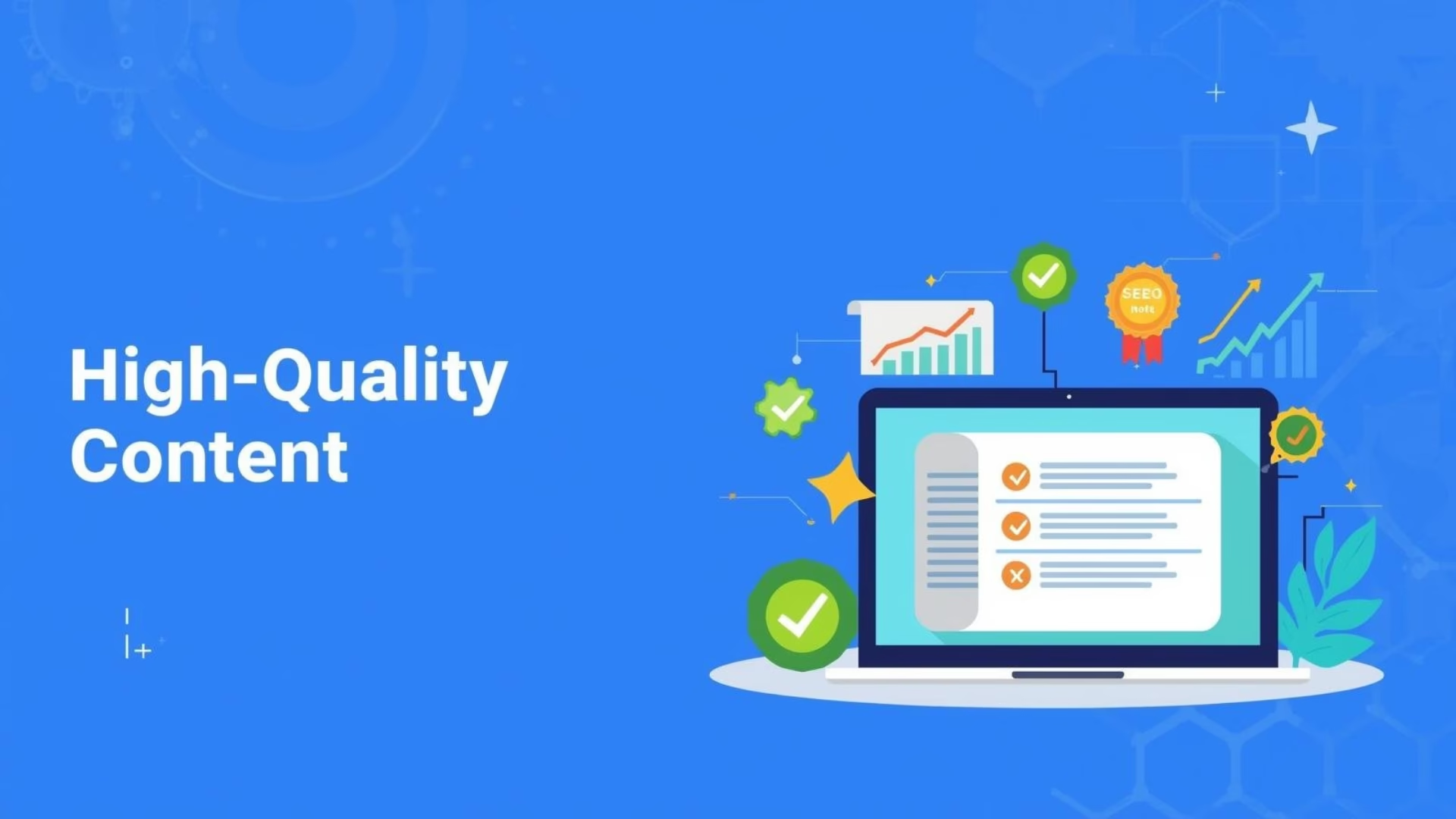 1. Focus on High-Quality Content to Improve Google Ranking
1. Focus on High-Quality Content to Improve Google Ranking 2. Use Keywords the Right Way to Improve Google Ranking
2. Use Keywords the Right Way to Improve Google Ranking 3. Optimize On-Page SEO to Improve Google Ranking
3. Optimize On-Page SEO to Improve Google Ranking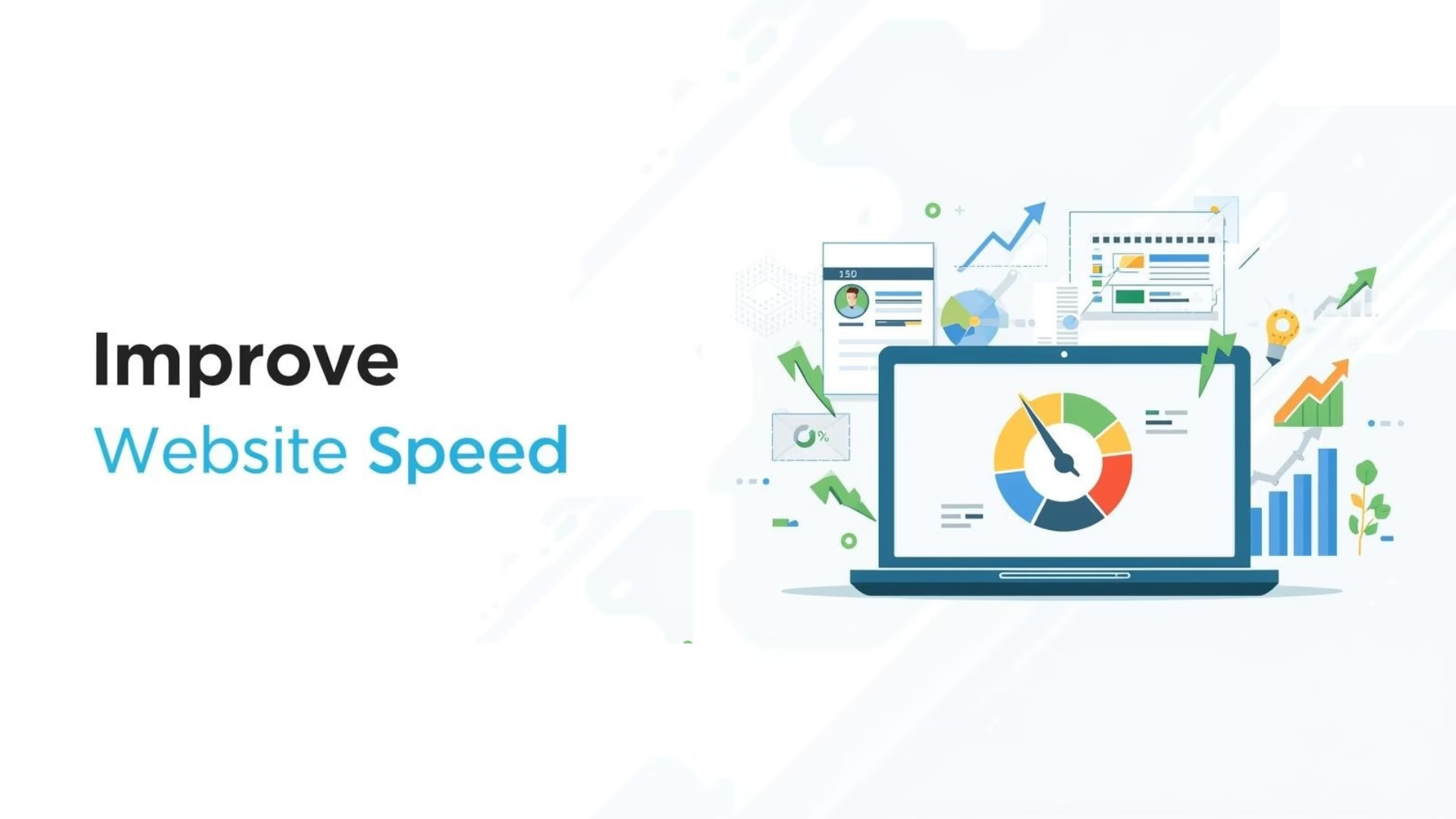 4. Improve Website Speed to Improve Google Ranking
4. Improve Website Speed to Improve Google Ranking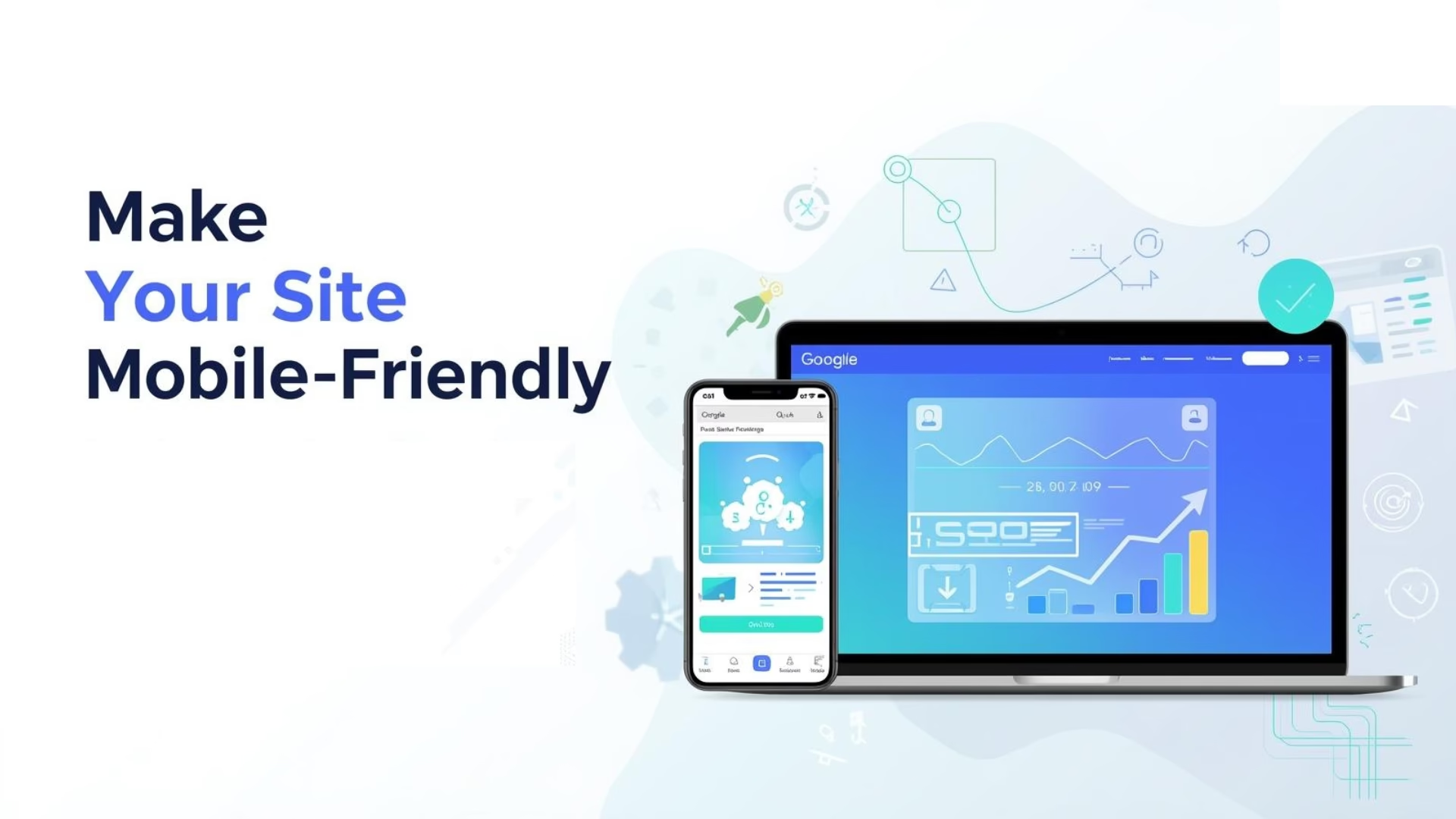 5. Make Your Site Mobile-Friendly to Improve Google Ranking
5. Make Your Site Mobile-Friendly to Improve Google Ranking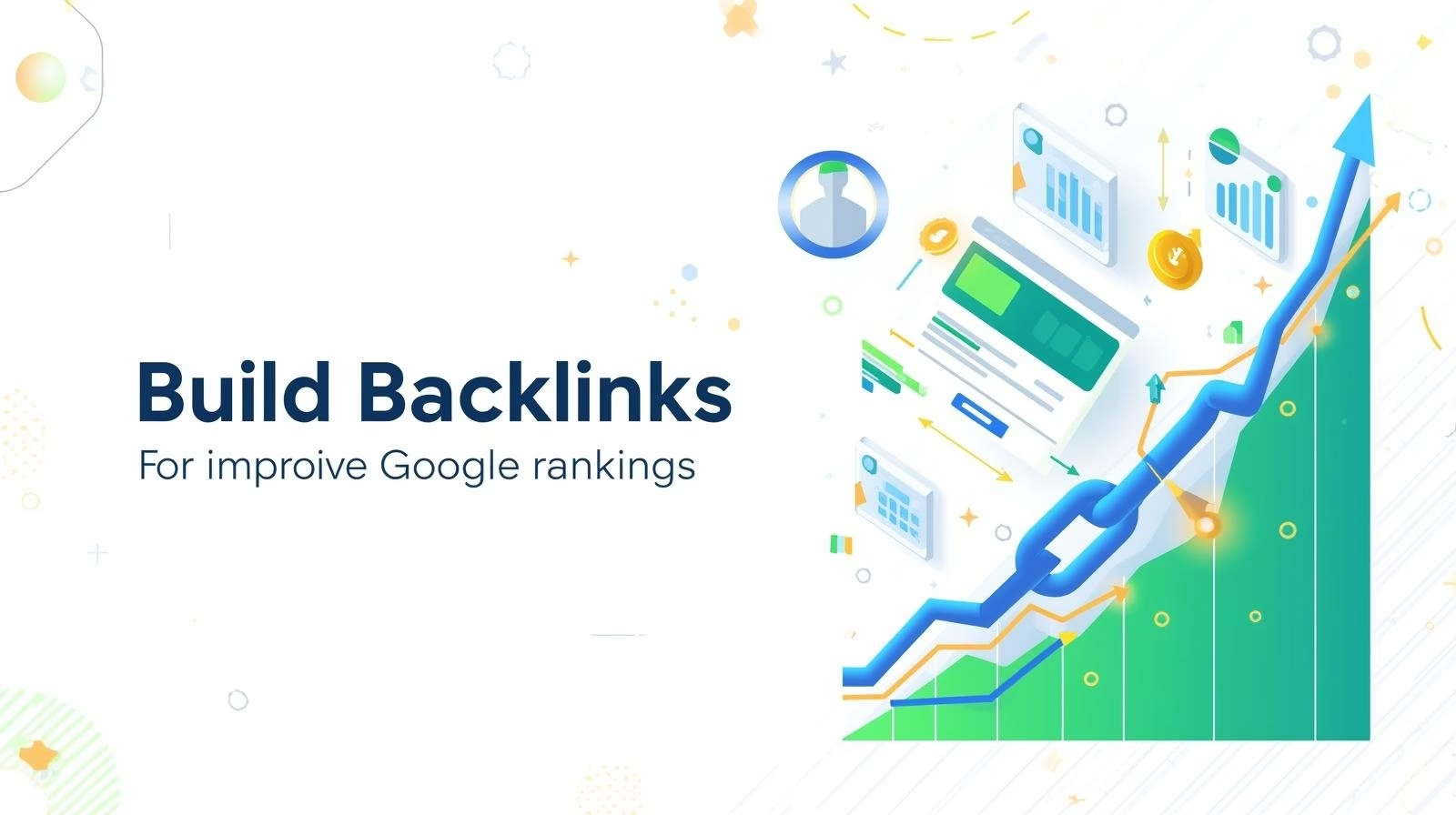 6. Build Backlinks to Improve Google Ranking
6. Build Backlinks to Improve Google Ranking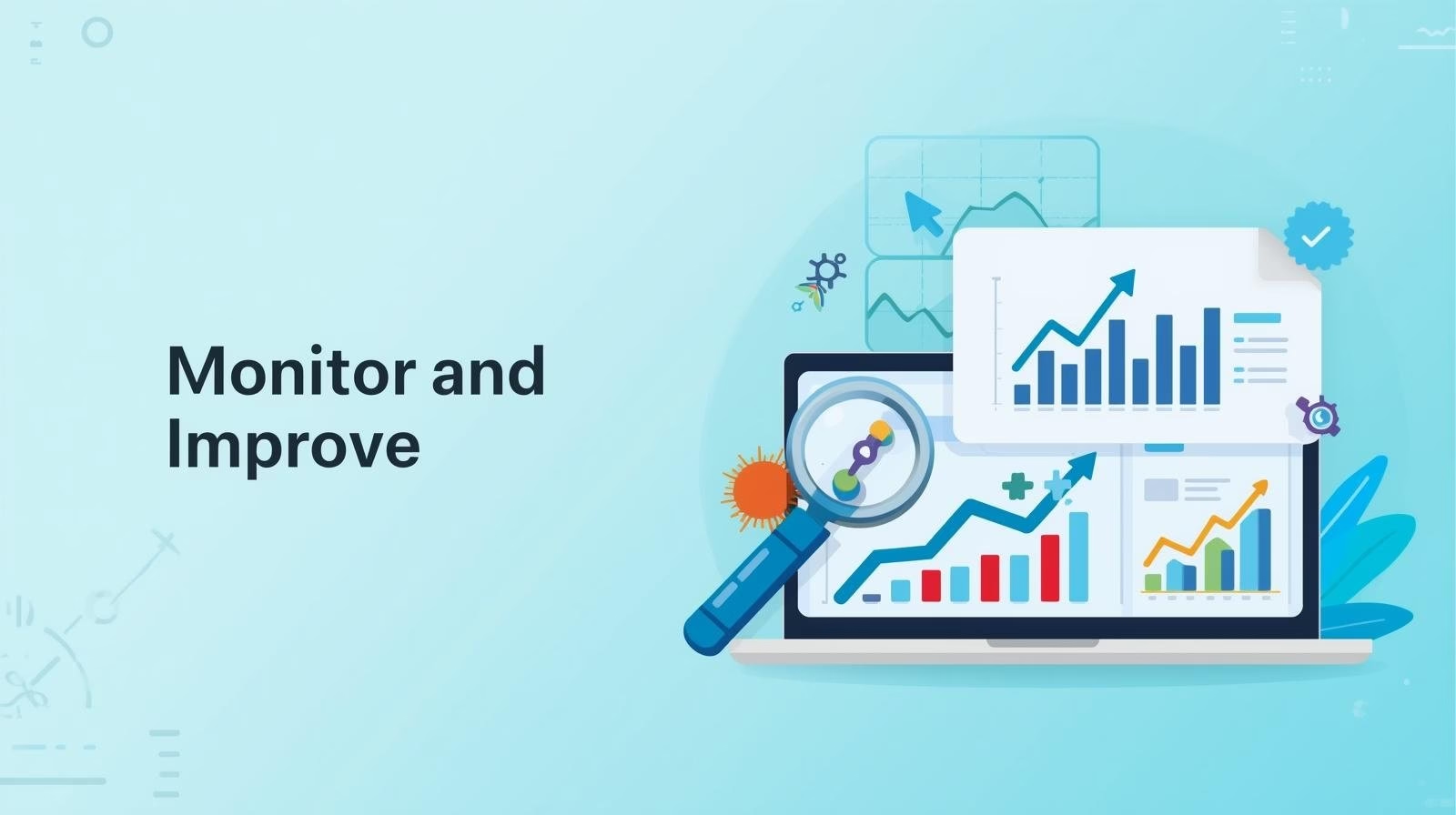 10. Monitor and Improve to Improve Google Ranking
10. Monitor and Improve to Improve Google Ranking